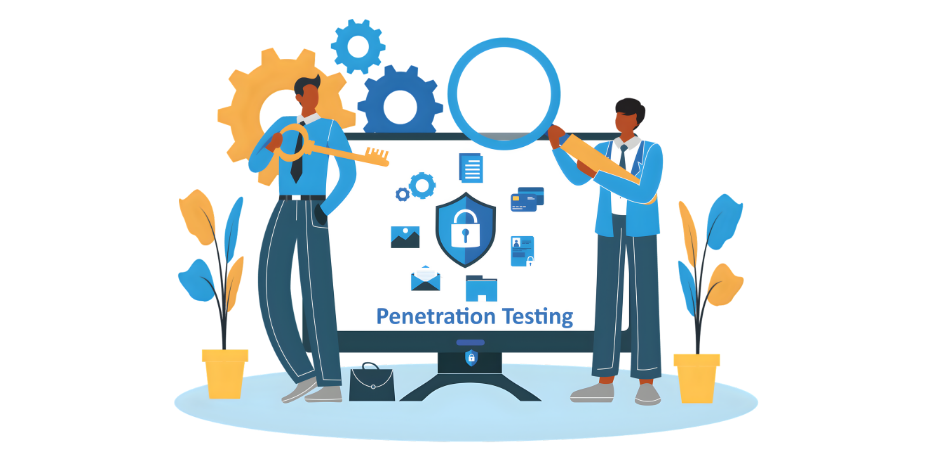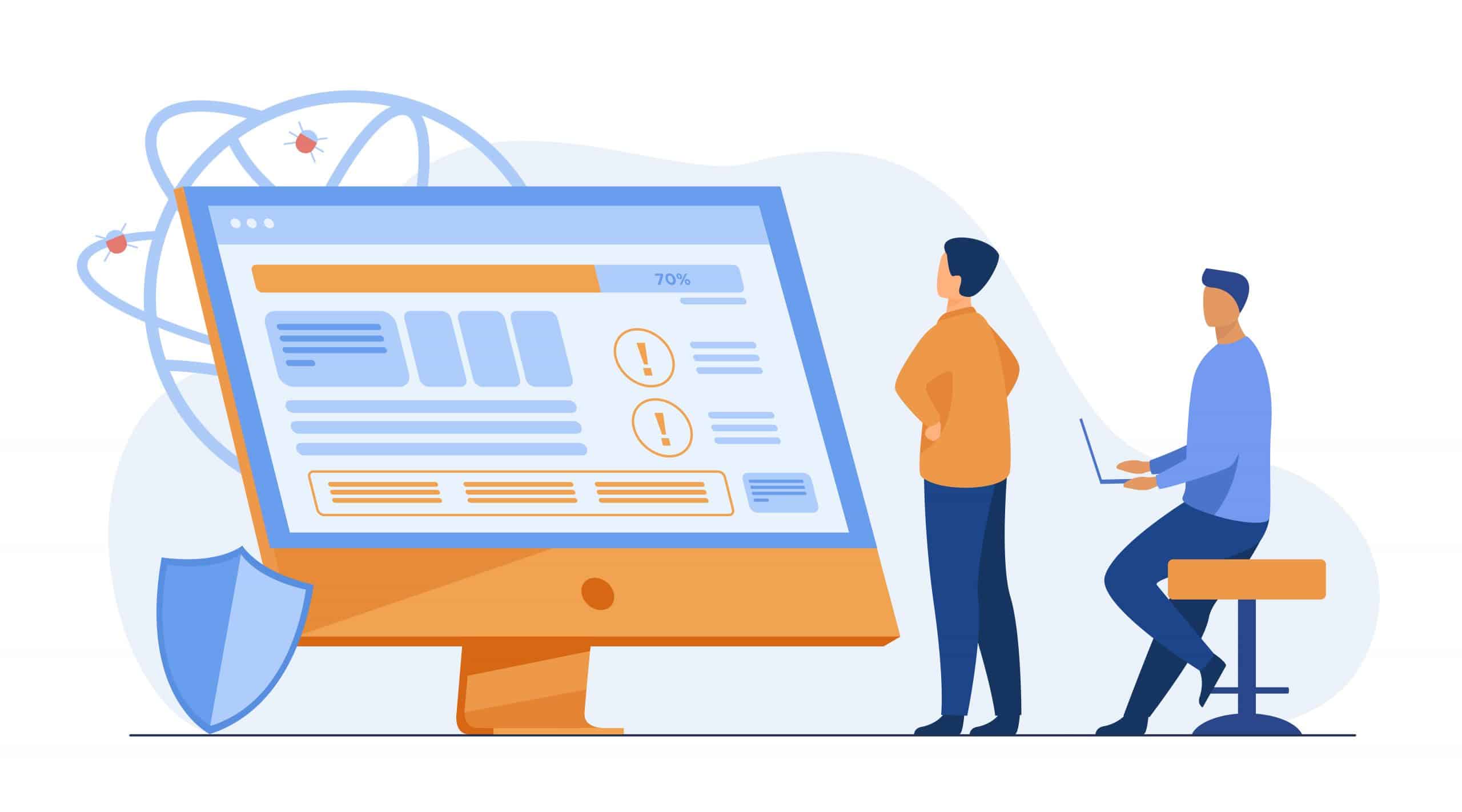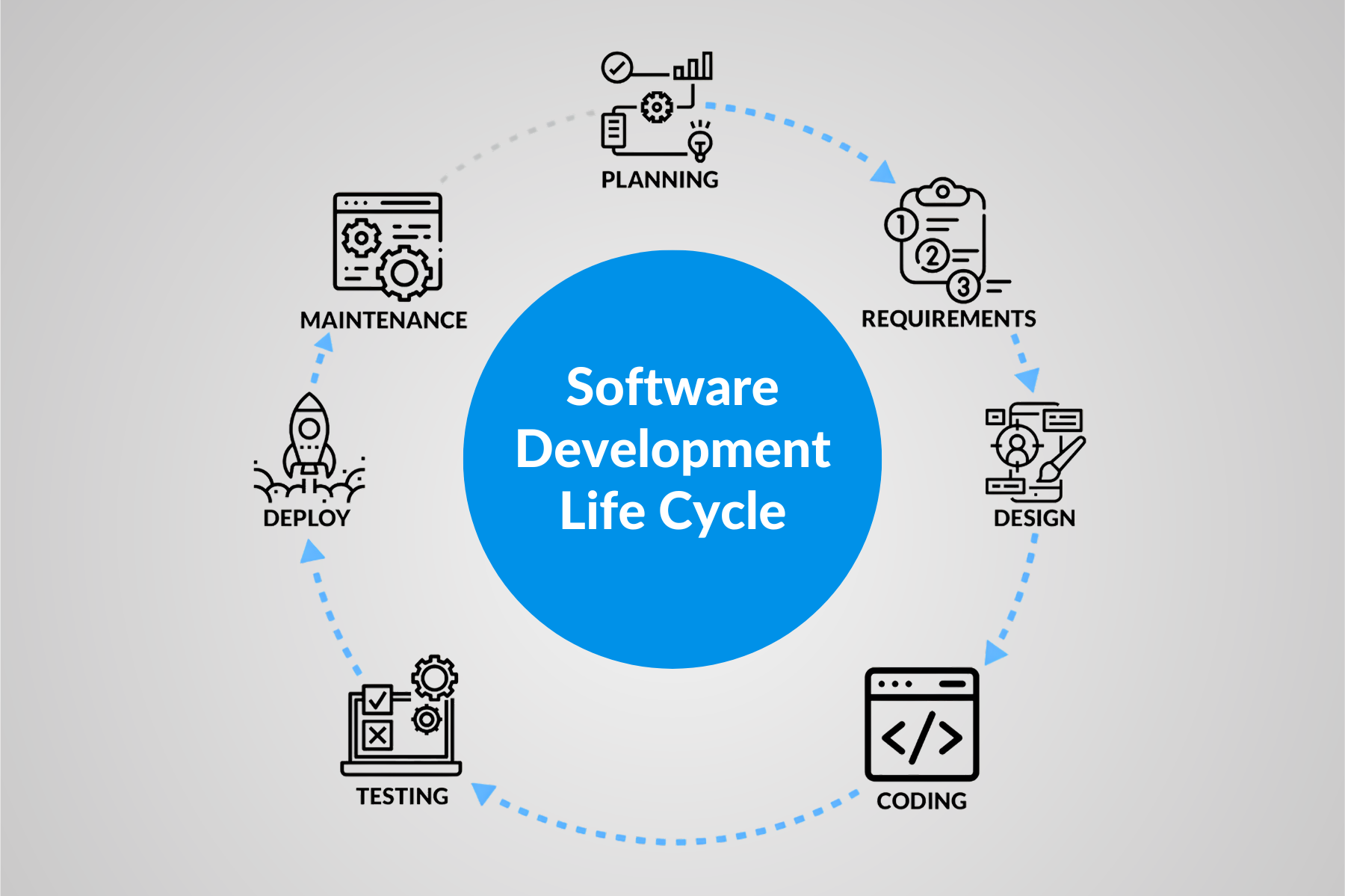Compliance-Driven QA Testing Services for Regulated Industries (Finance, Healthcare & More)
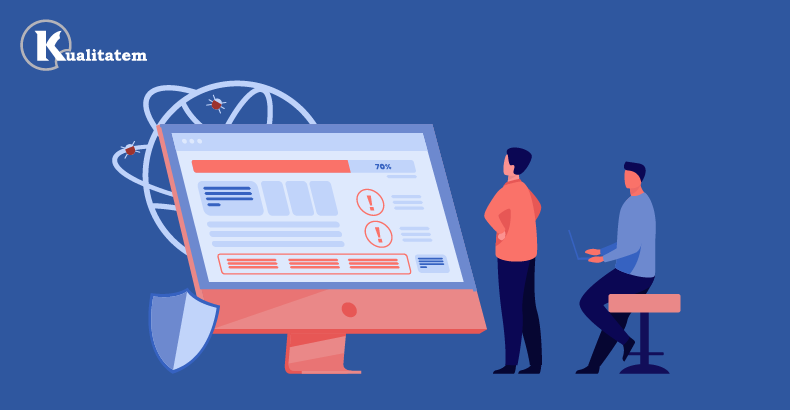
- August 20, 2025
- Zunnoor Zafar
When it comes to regulated industries, like finance, healthcare, pharmaceuticals, or government. Compliance is more than just a legal necessity. It’s a priority for businesses.
That’s mainly because these sectors are governed by strict standards that protect sensitive data and ensure reliability. For organizations operating in these spaces, delivering high-quality software is needed. But that’s not all. These software applications must also adhere to regulatory mandates.
This is where specialized QA testing services come in to save the day. They blend traditional quality assurance with compliance-driven methodologies. In turn, legal and operational requirements are met.
That said, this article will discuss the importance of compliance-driven QA. We’ll take a look at the sector-specific challenges. And how proper software testing services minimize risks while assuring quality and speed, along with audit-readiness.
Why Compliance-Driven QA Testing Matters in Regulated Industries
Like we said, regulated industries are governed by multiple complex regulatory standards. These standards are designed to protect end users and reduce risks of data breaches. Examples of such standards include:
- Finance: PCI DSS, SOX, GDPR, Dodd-Frank.
- Healthcare: HIPAA, FDA 21 CFR Part 11, HITECH.
- Pharmaceuticals: FDA Part 11 electronic records compliance.
- Government: FISMA, NIST cybersecurity guidelines.
Non-compliance with these regulations can result in hefty fines. Reputational damage will also be a result. And let’s not even mention the legal liabilities and operational disruptions that a business will face. Therefore, implementing software quality assurance protocols that not only verify functionality but also ensure regulatory compliance is always a good idea.
How Compliance Shapes QA Requirements
Traditional QA focuses mainly on functional and usability. This isn’t enough in regulated industries. Compliance QA requires the following things.
- Complete validation of data security and privacy controls.
- Traceability of all software changes. Mainly through documentation and audit trails.
- Thorough risk assessment and mitigation through testing.
- Complete traceability by linking requirements to test cases.
- Validation of system performance. Especially under stress and security attack scenarios.
Without this specialized approach, businesses risk releasing half-baked software. Ones that could expose them to regulatory penalties and compromise stakeholder trust.
Challenges Faced in QA Testing for Regulated Industries
QA teams that cater to regulated sectors usually see unique challenges that complicate software verification. Some of them are:
- Complex Regulatory Requirements:
Each industry has unique compliance mandates. Some of them can overlap with each other and cause conflict. To avoid this, QA teams have to have a deep understanding of these regulations. So that they can build effective test strategies.
- Security and Privacy Criticality:
Banking and healthcare applications handle highly sensitive personal and financial data. QA must validate encryption, access controls and detect vulnerabilities before deployment.
- Extensive Documentation and Traceability:
Regulators demand evidence-backed compliance. This requirement is usually fulfilled via detailed documentation of test cases, results and changes. Doing all this adds to the QA workload for testers.
- Integration with Legacy Systems:
Many regulated organizations rely on legacy infrastructure. These systems are old and complex. Integrating and migrating these processes carries huge risks.
- Rapidly Changing Compliance Requirements:
Compliance requirements change continuously. Hence, QA must keep adapting to them. Agile methodologies and automated regression testing are required to maintain compliance.
How Can QA Testing Service Providers Address Compliance Challenges for Organizations
To effectively address the challenges posed by the continuously changing regulations, good QA testing service providers leverage integrated testing frameworks. They use automation and other technologies to meet and exceed compliance requirements. Some of the common things that they do are the following.
1. Comprehensive Compliance-Focused Test Planning
Successful compliance-driven QA begins long before actual testing. It requires a thorough analysis of relevant regulatory standards. Close collaboration among QA teams and software developers, as well as business analysts and compliance officers, is also needed.
This cross-functional approach leads to regulatory mandates being translated into clear, actionable insights. No matter how complex they are.
That being said, these test cases cover multiple elements. Such as:
- Functional testing to verify that software features comply with business and regulatory requirements.
- Security testing to validate access controls. As well as encryption and data protection measures.
- Performance testing to ensure system stability under peak loads.
By connecting regulatory requirements directly to tests, compliance risks are addressed quickly. The chances of post-release issues reduce.
2. AI-Driven Quality Assurance
Artificial intelligence has completely changed how quality assurance is done. And we mean this in a good way. Now, complex and time-consuming tasks are automated, and their accuracy is improved.
AI-powered QA tools can generate and execute test cases based on user requirements and historical data.
The main benefits of AI in QA for regulated industries are as follows.
- Quick Test Creation: AI algorithms take into account the requirements presented by the user and generate test cases that cover everything. Even unlikely scenarios that human testers might miss.
- Risk Prediction: By evaluating historical defect data and test outcomes, AI anticipates potential compliance gaps early. This enables quick corrective action.
- Real-Time Compliance Validation: AI-written tests are continuously integrated into DevOps pipelines. This allows immediate detection of compliance issues. Especially when a code change happens. Or when a new feature is added to the software.
This approach requires less manual effort. There are also fewer chances of human error. Organizations operating in the finance and healthcare domains can maintain compliance adherence. All while accelerating software releases.
3. Automated Security & Vulnerability Testing
Security is one of the main goals of compliance in regulated industries. Organizations must not only build secure software. They should also continuously verify that security measures remain effective against threats.
Automated tools such as static application security testing (SAST) and dynamic application security testing (DAST) are added to CI/CD pipelines. They provide continuous security assistance.
- SAST tools analyze the source code for vulnerabilities early in the development process. They allow developers to eliminate risks before the software is deployed.
- DAST tools, on the other hand, simulate attacks on running applications. They identify real-world security flaws. Such as SQL injection and cross-site scripting (XSS).
These scans are automated and ensure compliance with data protection regulations such as GDPR and HIPAA. The scheduled and triggered scans provide ongoing security validation.
4. End-to-End Traceability & Audit Support
There are two things that regulatory compliance demands most. And those are transparency and accountability across the software development lifecycle.
To meet this, QA testing service providers usually employ test management platforms. This allows them to maintain full traceability. But how? You might ask. Here’s how:
- Requirements are linked to specific test cases.
- Test executions are logged with detailed results.
- Defects and remediation steps are tracked through resolution.
This traceability not only verifies that all compliance requirements are attached to tests. But it also creates an auditable trail for inspections. During audit inspections, organizations can quickly demonstrate adherence to standards. They can do that through organized documentation and reports generated by these platforms.
5. Continuous Regulatory Updates Monitoring
The regulatory environment is dynamic. New laws and guidelines constantly emerge. The risks and technologies are always changing.
Considering this, compliance-driven QA requires vigilant monitoring of these regulatory changes. So that the test suites, processes and tools are updated accordingly.
The best QA testing service providers often make use of automated compliance monitoring tools. Not just that, they also have subscriptions to regulatory update services. This ensures:
- Early awareness of relevant regulatory changes.
- Quick adjustment of test plans and cases to add new requirements.
- Sustained compliance across software versions without regression or oversight.
Continuously monitoring regulatory updates makes compliance more than a checkbox exercise. It becomes an ongoing, integrated process within the software development lifecycle.
Sector-Specific QA Testing Needs for Compliance
Let’s briefly discuss the compliance-driven QA testing needs for different sectors. So that organizations can better understand what they need from their QA service provider.
Finance
Finance applications require thorough QA testing around PCI DSS compliance. Anti-fraud mechanism testing and SOX audit controls, along with encryption validation, also have to be done diligently.
Performance under peak traffic and transactions, as well as secure financial reporting, are priority areas. Thankfully, AI-enabled QA brings down risk detection and accelerates release cycles. Without compromising compliance.
Healthcare
When it comes to the healthcare industry, softwares need to be compliant with HIPAA and FDA regulations. This demands in-depth risk and security testing.
QA has to focus on validating patient data protection and access controls. Moreover, it also has to make sure that there are proper audit trails along with interoperability between medical systems.
The good thing is that automated continuous testing in healthcare reduces risk while speeding product releases. Due to this, costly HIPAA violations (with average fines of about $1.5 million) are avoided.
Pharmaceuticals
Pharmaceutical softwares must comply with FDA Part 11. It requires validation of electronic records and signatures.
QA needs to perform data integrity verification and traceability matrix generation. This leads to all regulatory requirements being met.
Government & Public Sector
Government software testing puts focus on FISMA and NIST adherence. This testing usually has to include vulnerability assessments and risk management validations. These checks are important to protect public data.
Best Practices for Compliance-Driven QA Testing Services
QA teams should adopt the following practices in order to deliver the most value to regulated customers.
- Early Involvement: Integrate QA and compliance teams from the start of the project. This will help the testing team understand regulatory impact on requirements.
- Use Test Management: Leverage tools that support test case generation and versioning. Such tools usually also have traceability matrices and defect tracking aligned to compliance needs. An example of a tool like this is Kualitee.
- Cross-Functional Collaboration: Engage developers, compliance officers, security experts and business analysts in QA planning. As well as execution.
- Regular Training: Keep the QA staff updated with regulatory changes and compliance procedures via regular training.
- Continuous Improvement: Make use of the lessons that are learned from audits and incident reports. Take a look at the defect trends as well. Doing so will evolve your team’s QA practices continuously.
- End-to-End Validation: Ensure full coverage from UI, APIs, backend systems, to databases for in-depth validation.
- Use Automation Where Needed: Don’t be shy when using automation. Use it where you can. Regression, security and load testing are areas where it helps most. The efficiency is improved without compromising on quality and compliance requirements.
Why Partner with Kualitatem for Compliance-Driven QA Testing Services
Kualitatem offers software testing services with deep expertise in regulated domains. We’ve worked with organizations operating in fintech, healthcare, government, and other areas.
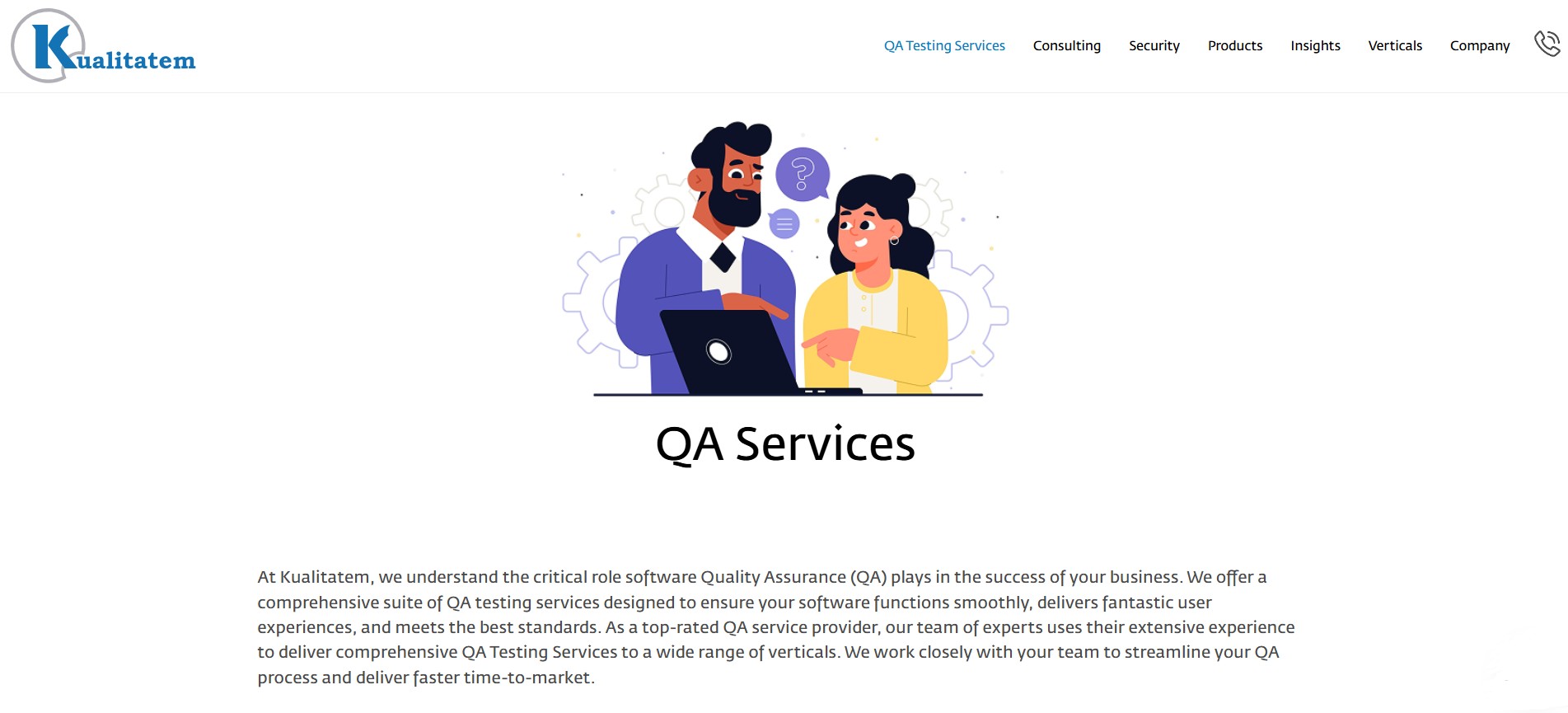
Our strengths include:
- Complete compliance testing across functional, security, as well as performance domains.
- AI-supported testing that accelerates cycles and reduces risks.
- Detailed audit documentation and traceability matrices.
- Up-to-date methodologies aligned with evolving regulations.
- Customized testing strategies tailored to your industry and business needs.
- Post-deployment monitoring for ongoing compliance assurance.
Partner with us to ensure your software works flawlessly while also standing up to the highest regulatory standards.
Conclusion
We’ve established that compliance-driven QA testing services are important for regulated industries. Organizations working in finance, healthcare, pharmaceutical, and other similar industries benefit greatly from such services.
This is mainly because in these industries, adherence to strict compliance standards is needed. A good QA service provider, like Kualitatem, combines traditional quality assurance with specialized methodologies. It’s done to ensure software reliability while meeting regulatory mandates.
By making use of AI technology and automated tools, QA providers improve testing efficiency. They also bring down risks and maintain audit-readiness.
Continuous monitoring of regulatory updates, along with cross-functional collaboration, further strengthens compliance efforts. In the long run, businesses are safeguarded from potential legal liabilities and reputation damage.



